In the software development cycle, the backend is responsible for data management, application logic, and security. It is a crucial part of any web or mobile application development and needs to be well-designed and scalable. Among so many backend frameworks available today, choosing the right one for your project can be a daunting task. In this blog post, we will explore the top 10 backend frameworks that are worth considering for 2023. We’ll also provide an overview & list of advantages of each backend framework so that you can decide which one is right for your project.
What is Backend Frameworks?
A backend web development framework is a software framework that provides a standard way to build and deploy web applications. It includes a set of libraries and tools that enable you to create a unique, reliable, and scalable application.
Benefits of Backend Frameworks
There are many benefits of backend frameworks, including:
1. Increased Productivity: Backend frameworks can help to increase developer productivity by providing a well-defined structure for development, as well as a set of common libraries and tools that can be used across projects. This can save time spent on re-inventing the wheel or searching for the right library for a given task.
2. improved Code Quality: Backend frameworks can encourage best practices and lead to improved code quality overall. This is because the framework imposes structure on the code, which can help to prevent bad coding practices from creeping in. In addition, well-designed frameworks often come with built-in testing tools which can help to ensure that code meets quality standards.
3. Reduced Development Time: Backend frameworks can help to reduce development time by providing a ready-made skeleton for an application, as well as a set of common libraries and tools that can be used across projects. This can save time spent on setting up a project from scratch or configuring existing libraries for use.
4. Increased Scalability: Backend frameworks can make it easier to develop scalable applications by providing features such as caching and load balancing out of the box. In addition, many frameworks are designed with horizontal scalability in mind, making it easy to add more servers to an application as needed.
Some popular Backend Frameworks to consider in 2023
The most important thing to remember when choosing a backend framework is that there is no one-size-fits-all solution. The best backend framework for your project will depend on your specific needs and requirements. There are many backend frameworks available today. However, not all of them will be around in 2023.
With that said, here are our top picks for the best backend frameworks in 2023:
1. Laravel
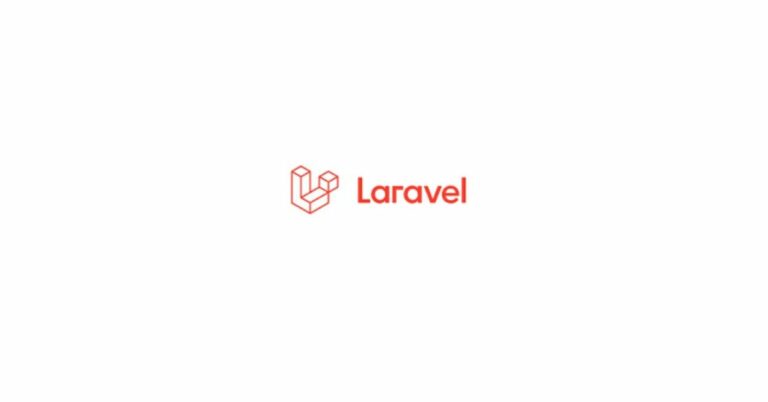
Laravel is a popular PHP framework. It has a growing community and many features to help you develop fast and robust applications. If you’re looking for a feature-rich and robust backend framework, Laravel is a great option. It comes with everything you need to get started, including an HTTP middleware layer, ORM support, and a templating engine. Laravel also makes it easy to add new features as your project grows. It comes with a wide range of features such as routing, session management, database access, and templating.
Advantages of using Laravel for backend frameworks
Laravel is a backend framework for PHP that has gained popularity in recent years due to its ease of use and robust features. Some advantages of using Laravel include:
- Laravel provides an easy way to organize your code and keep your project organized. This can make it easier to maintain and scale your project in the future.
- Laravel comes with a lot of built-in features, such as authentication, authorization, caching, database migration, and more. This can save you time and effort when building your project.
- Laravel has good documentation which makes it easy to get started with and learn. There is also a large community of Laravel developers who can help answer questions or provide support.
2. Ruby on Rails
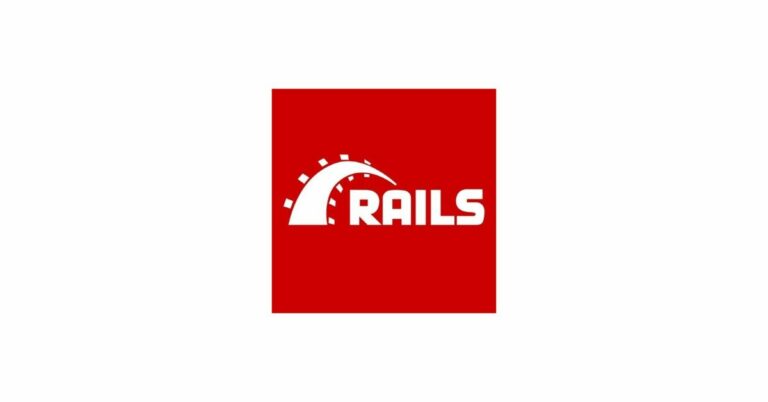
Ruby on Rails is another popular framework that helps you create high-quality web applications quickly and easily. It has strong conventions that make development easier, as well as great tools for building sophisticated applications. It’s known for its ease of use and convenience factors. In addition, it has a large community of developers who can offer support and advice. It’s a great choice for small to medium-sized projects that need clean and maintainable code.
Advantages of using Ruby on Rails
Ruby on Rails is a web application framework written in Ruby. It is designed to make programming web applications easier by making assumptions about what every developer needs to get started.
- It allows you to write less code while accomplishing more than many other frameworks and libraries.
- It significantly speeds up the development process. This is due to its convention over configuration approach which eliminates the need for developers to spend time configuring files.
- The use of gems (libraries) further reduces development time as they can be easily integrated into Rails applications.
- Another big advantage of using Ruby on Rails is that it is very easy to learn, even if you are not an experienced programmer. This is because Rails follows the MVC (model-view-controller) pattern which makes code organization very straightforward.
- In addition, there is a large community of Ruby on Rails developers who are always willing to help out newcomers.
3. Django
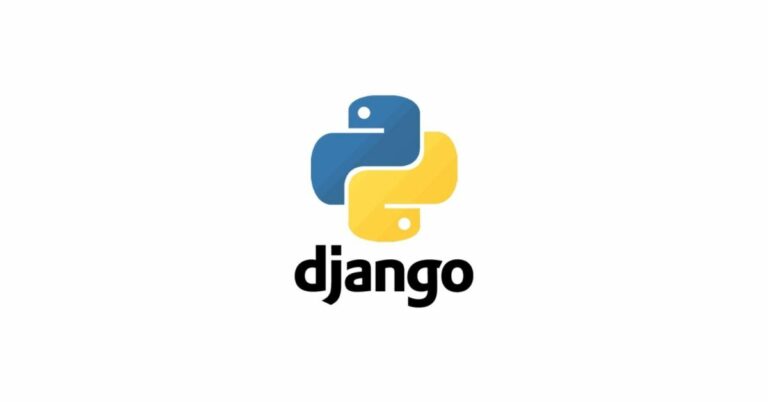
Django is a high-level Python web framework that enables the rapid development of secure and scalable websites. It’s one of the most popular frameworks today and will likely continue to be so in 2023.
Django includes a wide range of built-in features, such as an ORM (Object Relational Mapper) for database interactions, template engines for creating HTML pages, and form-handling tools. Django is also well-suited for creating RESTful APIs. Django is also highly scalable, making it a good choice for large projects.
Advantages of using Django
There are many advantages of using Django for web development, some of which are listed below.
- Django is a free and open-source web framework written in Python. It follows the model-view-template (MVT) architectural pattern.
- Django is fast. It is able to handle large amounts of traffic and data.
- Django is secure. It has a robust security system that helps protect against common web attacks.
- Django is scalable. It can be used to build large and complex websites.
- Django is easy to use and learn. Its syntax is clean and concise.
4. ASP.NET Core
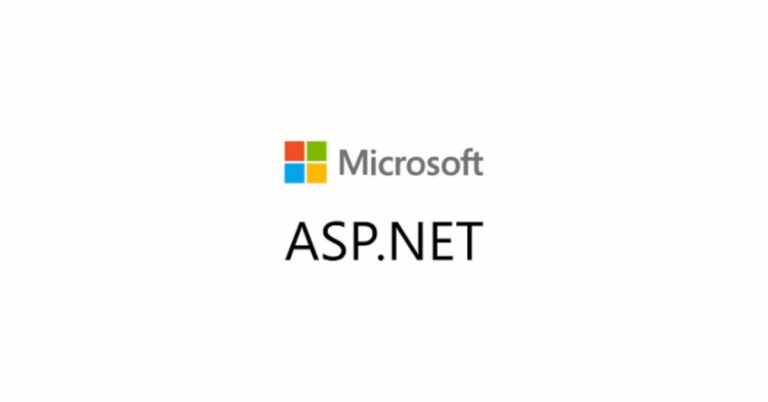
ASP.NET Core is a cross-platform, open-source framework for building modern web applications. It’s fast, flexible, and provides excellent support for hosting on Microsoft Azure cloud platform.
Advantages of using ASP.Net
When it comes to backend development, ASP.NET is a popular framework that enables developers to create robust web applications. Here are some of the advantages of using ASP.NET:
- ASP.NET provides a rich set of controls and libraries that can be used to create powerful web applications.
- It is easy to learn and use, thanks to its well-defined object-oriented programming model.
- new.qsstechnosoft.com/technologies/asp-net-development allows for greater flexibility when it comes to coding, as developers can choose from a variety of programming languages (including C# and VB.NET) when working with the framework.
- The ASP.NET runtime environment is highly scalable and can be deployed on a variety of platforms, including Windows Server and Azure cloud services.
- Security is built into the ASP.NET framework, making it ideal for developing secure web applications.
5. Spring
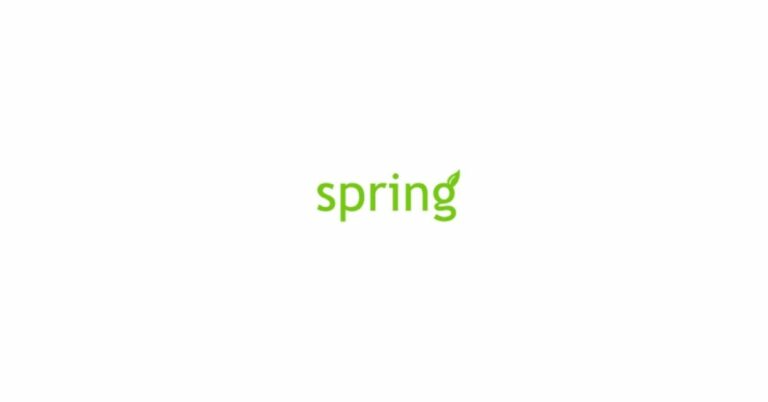
Spring backend framework is a powerful tool for creating web applications. It is easy to use and has a wide variety of features that make it an ideal choice for developers.
Advantages of using Spring
There are many advantages of using Spring for backend development, including:
- Spring is a very popular framework, used by many large companies. This means that there is a large community of developers to help you with any issues you may have.
- Spring offers a comprehensive suite of tools and libraries for backend development, making it much easier to develop complex applications.
- Spring is designed to be very modular, allowing you to easily add or remove features as needed. This makes it very flexible and adaptable to your needs.
- Spring offers excellent integration with other frameworks and technologies, making it easy to build hybrid applications.
- Spring has excellent documentation and support, making it easy to get started with and learn.
6. ExpressJS
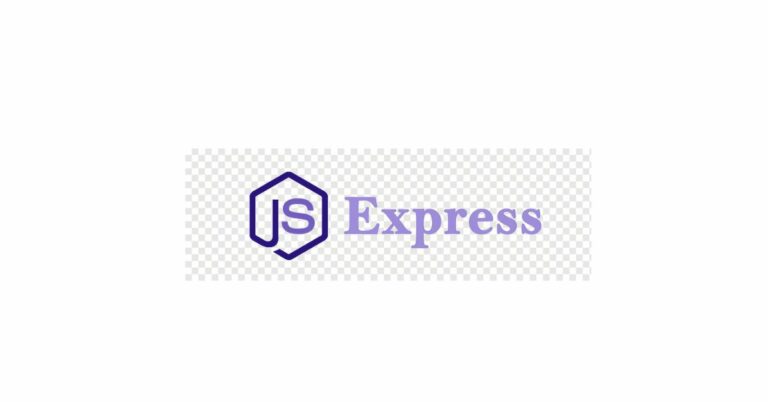
Express is a lightweight web application framework for Node.js that provides a range of features to help you create web applications quickly and easily. It has strong support for routing, middleware, and template engines, making it ideal for building complex applications. The framework is designed for building fast and scalable web applications. Express provides a wide range of features out of the box, including support for routing, middleware, and templates.
Advantages of using Express.js
There are many advantages to using Express.js when developing a backend web application, such as:
- Express.js is fast and lightweight, making it ideal for applications that need to handle high levels of traffic or data processing.
- Express.js provides a wide range of features out-of-the-box, including a robust routing system and support for various template engines (such as Jade). This makes development faster and simpler, as you don’t need to worry about configuring these features yourself.
- Express.js is highly extensible, allowing you to add your own custom functionality or even create your own framework based on Express (such as MEAN). This makes it possible to tailor Express to fit your specific needs, making your development process more efficient overall.
7. Symfony
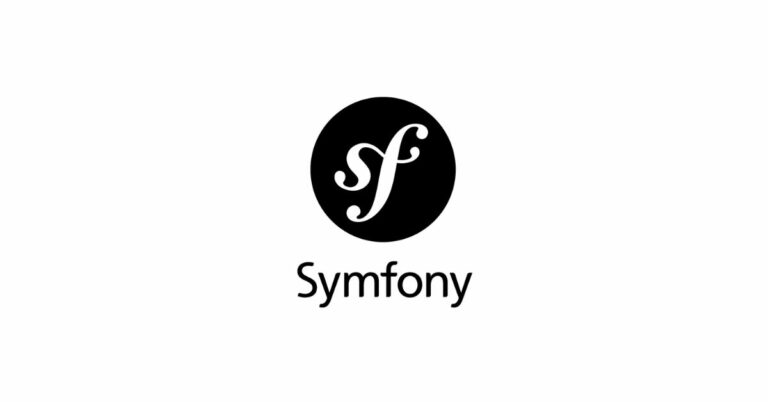
Symfony is another popular framework for building web applications. It offers a robust set of tools for working with databases, caching, and security. Symfony also has a large community of developers who contribute bundles and extensions to the framework.
Advantages of using Symfony
There are many advantages of using the Symfony framework for backend development.
- It is very stable and well-documented. Additionally, it has a large community of users and developers who can help answer questions or provide support.
- Symfony is very flexible and can be used for a wide variety of projects.
- It integrates well with other tools and frameworks, making it easy to develop complex applications.
8. Zend
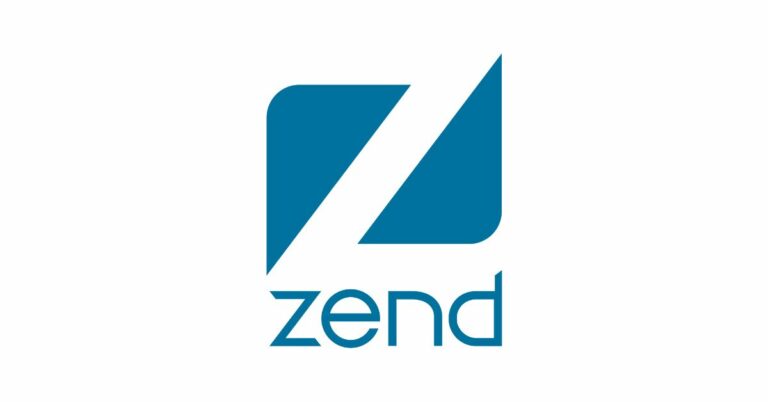
Zend Framework is a full-stack framework for developing web applications. It includes components for working with databases, session management, caching, and authentication. Zend Framework also provides support for A/B testing and internationalization.
Advantages of using Zend
There are a number of advantages to using Zend as your backend framework. Perhaps the most significant advantage is that it is built on top of the PHP programming language, which means that developers with experience in PHP will be able to quickly get up to speed with using Zend. Additionally, Zend provides a number of benefits over other popular backend frameworks, such as Laravel and Ruby on Rails.
Some of the key advantages of using Zend include:
- Excellent performance: Zend is designed to provide high levels of performance, making it ideal for large and complex applications.
- Flexible architecture: Zend’s flexible architecture allows you to easily customize and extend its functionality to suit your specific needs.
- Robust security: Zend comes with a number of features that help to keep your application secure, such as input filtering and output escaping.
- Large community: As one of the most popular PHP frameworks, Zend has a large and active community that can provide support and assistance when needed.
9. Flask
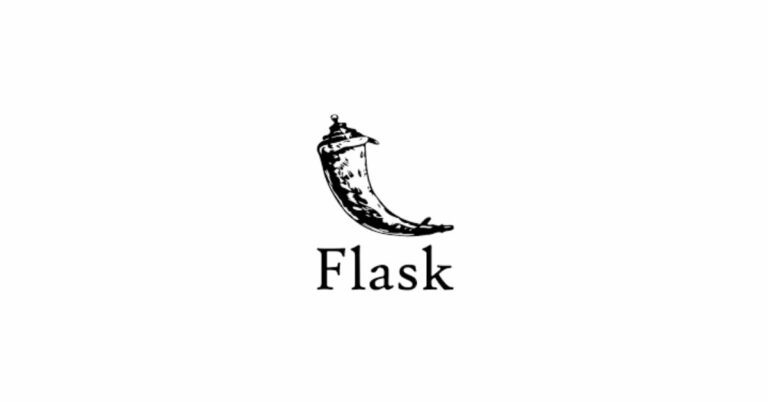
Flask is another popular open-source framework that is designed to be lightweight and extensible. Flask doesn’t come with as many built-in features as Django, but it’s easy to add on third-party extensions to get the functionality you need.
Advantages of using Flask
There are many reasons why Flask is a great choice for backend development, here are some of the key advantages:
- Flask is lightweight and easy to get up and running – perfect for prototyping and small projects
- Flask’s templating language is powerful and easy to use, allowing you to create complex web applications with minimal code
- Flask has excellent documentation, making it easy to learn and use
- Flask is backed by an active community of developers who are always happy to help
10. CakePHP
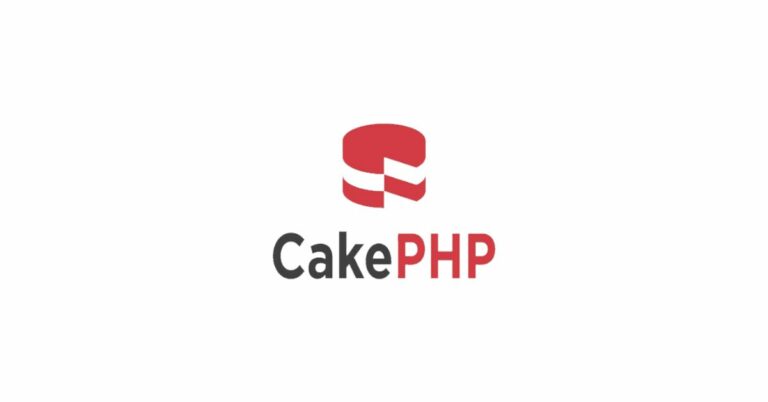
CakePHP is one of the most popular backend frameworks for web development. It is an open-source framework that helps you quickly develop websites and applications.
Advantages of using CakePHP
CakePHP comes with a number of advantages, including:
- Cakephp has a wide range of built-in features that can save you a lot of time and effort during development. For example, it includes tools for input validation, database access, session management, etc.
- CakePHP also provides excellent documentation which makes it easy to learn and use.
- It is based on the Model-View-Controller (MVC) architectural pattern which helps to keep your code organized and modular.
- CakePHP makes it easy to create custom URL routes which can improve the SEO of your website or application.
- Finally, CakePHP is compatible with a range of database systems including MySQL, MariaDB, SQLite, etc.
Conclusion
As a web developer, you’re always on the lookout for the latest and greatest frameworks to add to your toolkit. Keeping up with the latest trends is essential to staying ahead of the curve and providing the best possible products for your clients.
Looking out for the best backend app developers for your dream business app?
Hire Backend Developers with years of expertise at QSS Technosoft. Having delivered hundreds of projects, our expert developers have quite a good understanding of all the above-mentioned frameworks. Have a query? Let’s connect over a quick call!
We are proud to mention that our work has been recognized by leading B2B reviews and research platforms like GoodFirms, Clutch, MirrorView, and many more.

Top 10 Backend Frameworks Worth Considering for 2023